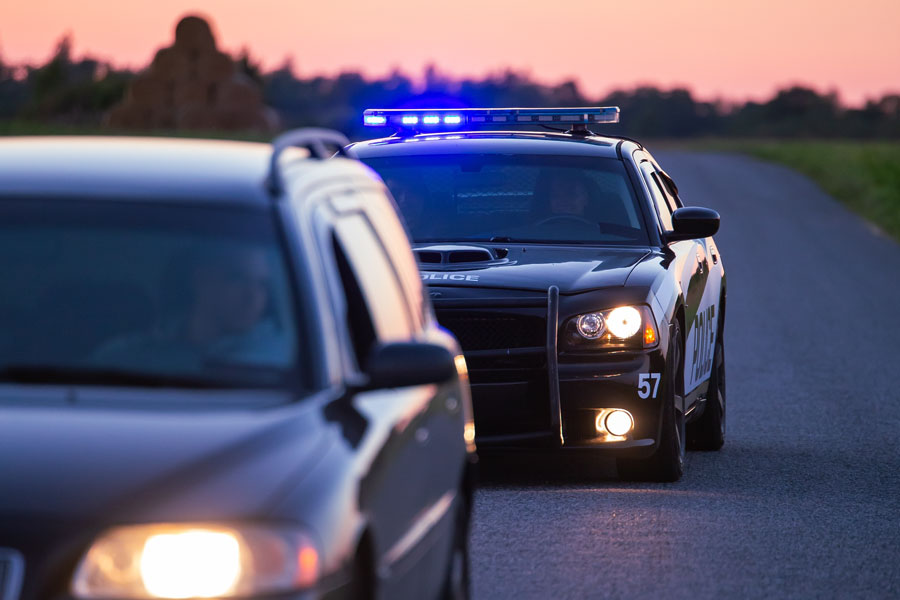Leandra’s Law: How a Tragedy Changed New York’s Drunk Driving Laws

A tragic accident in New York City more than a decade ago forever changed how the state handles drunk driving cases involving children. Known as Leandra’s Law, the legislation has become one of the toughest anti-DWI measures in the nation and continues to shape how prosecutors and judges treat these cases today.
The Tragic Beginning
On the night of October 11, 2009, 11-year-old Leandra Rosado was riding with friends on the Henry Hudson Parkway in Manhattan. The driver, her friend’s mother, was allegedly intoxicated and speeding when she lost control of the vehicle. The crash killed Leandra and left six other children injured.
The incident sent shockwaves across New York, prompting immediate calls for stronger protections against drunk driving—particularly when children were passengers.
Swift Legislative Action
In response, state lawmakers acted quickly. Just over a month later, on November 18, 2009, then-Governor David Paterson signed the Child Passenger Protection Act, which soon became widely known as Leandra’s Law. The law took effect on December 18, 2009, making it a felony to drive intoxicated with anyone under the age of 16 in the vehicle.
Further provisions, including mandatory installation of ignition interlock devices for convicted offenders, became law by August 2010.
What the Law Requires
Leandra’s Law introduced sweeping changes to DWI enforcement in New York:
- Felony Charges for Drunk Driving with Children
Any driver caught intoxicated with a passenger under 16 faces an automatic Class E felony, even on a first offense. - Stricter Penalties When Children Are Harmed
If a child is seriously injured, the charge rises to a Class C felony, punishable by up to 15 years in prison. If a child dies, the driver can face a Class B felony, carrying a potential sentence of up to 25 years. - Mandatory Ignition Interlock Devices (IIDs)
Convicted drivers must install and maintain an IID in their vehicle, preventing operation unless the driver passes a breath test. - Child Protection Measures
Offenders are reported to the Statewide Central Register of Child Abuse and Maltreatment, adding further long-term consequences beyond criminal sentencing.
The Human Side of the Law
For Leandra’s father, Lenny Rosado, the law became more than legislation – it was a way to honor his daughter’s memory while protecting other children from similar tragedies. His tireless advocacy played a central role in pushing lawmakers to act so quickly.
Rosado has remained an outspoken voice for child safety, continuing to remind the public that behind every DWI statistic are real families, victims, and preventable losses.
A Lasting Legacy
Today, Leandra’s Law stands as one of New York’s most important public safety measures, ensuring that drunk driving with children in the car is never treated as a minor offense.
Since the law’s inception, Long Island has been a focal point for arrests. From December 2009 through December 2014, there were 4,277 arrests statewide, with Suffolk County tallying the most at 384, and Nassau County ranking fifth with 185. In the initial year alone, more than 650 arrests were made statewide – 105 occurred on Long Island, including 66 in Suffolk and 39 in Nassau. These numbers reflect the law’s notable reach in the region.
While the law cannot undo the heartbreak of Leandra’s death, it serves as a powerful reminder of the responsibility drivers carry—not only for themselves, but for the lives of the most vulnerable passengers.

